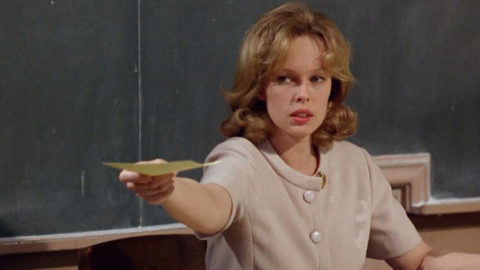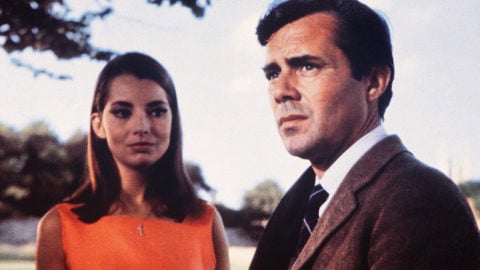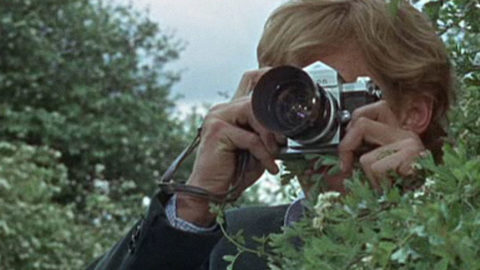Cinema ’67 Revisited: The Exterminating Angel
In my 2008 book Pictures at a Revolution, I approached the dramatic changes in movie culture in the 1960s through the development, production, and reception of each of the five nominees for 1967’s Best Picture Academy Award: Bonnie and Clyde, The Graduate, In the Heat of the Night, Guess Who’s Coming to Dinner, and Doctor Dolittle. In this biweekly column, I’m revisiting 1967 from a different angle. As the masterpieces, pathbreakers, and oddities of that landmark year reach their golden anniversaries, I’ll try to offer a sense of what it might have felt like to be an avid moviegoer 50 years ago, discovering these films as they opened.
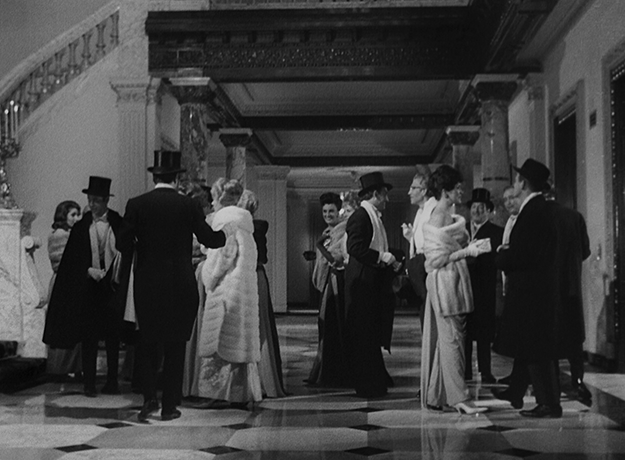
In the 1960s, being a foreign-film lover meant seeing whatever you could whenever you could and stoically accepting the fact that the order in which movies from the world’s most esteemed directors arrived in the United States usually bore almost no resemblance to the order in which they had been filmed. Often, one breakthrough hit would precipitate a chaotic tumble of releases, a randomly reshuffled chance for American moviegoers to catch up. After Akira Kurosawa’s Yojimbo became a breakthrough hit in the fall of 1961, for instance, distributors acquired and released seven more of his movies in the next two years—films that had opened in Japan as long ago as 1949. And after the 1961 release of Jean-Luc Godard’s Breathless, the fifteen movies he directed over the next seven years came at New Yorkers completely out of sequence; in some cases it took four years for them to get even a token theatrical release.
All of which explains why this week’s 1967 movie is from l962. Born in 1900 and ending his fourth decade as a director, Luis Buñuel was, by the mid-1960s, an old master rather than a young comer. He didn’t make movies that attracted the kind of attention that went to Kurosawa or Godard…or Antonioni or Fellini or Truffaut or Bergman. A director who had worked in Spain, Mexico, and the United States—to this day, it would be hard to find many filmmakers with a resume so eclectic as to boast both Un Chien Andalou and Adventures of Robinson Crusoe—Buñuel had never gone fully out of fashion, nor had he made his way to the center of cinephile cocktail conversation in many years. That started to change with the 1961 release of Viridiana, which won the Palme d’Or at Cannes. The controversy surrounding the story of a novitiate whose uncle claims that he raped her kept the movie in New York theaters for over a year, and curiosity naturally attached itself to his next film.
That movie was The Exterminating Angel, a tight (just over 90 minutes), dark, icy allegorical comedy about well-heeled dinner guests who enjoy themselves at the long banquet table of a luxe formal party and then, over the next hours and days, descend from gentility into savagery as they find themselves unable to leave, for reasons that are never articulated and that moviegoers of the time were meant to understand as purely symbolic.
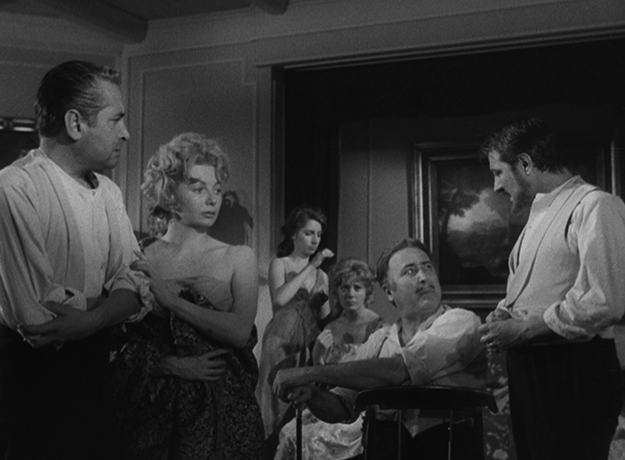
Had The Exterminating Angel opened in New York in 1962, it might well have found a welcoming audience. Moviegoers who were flocking to films like Bergman’s Through a Glass Darkly didn’t mind unanswered questions. Alain Resnais’s Last Year at Marienbad, which opened that year and was a wild success in art houses, had already limbered up cinephiles for a what-does-it-all-mean exercise in louche, elliptical decadence, And on Broadway, Edward Albee’s Who’s Afraid of Virginia Woolf? was making more and more people comfortable with the idea of a party as metaphor, an event at which social graces are no match for the cruelty and bloodlust they’re so often used to disguise. Buñuel’s movie, where the stumbling of servants draws sneers from the haute bourgeoisie and in which barnyard animals (and even a small bear!) lurk in the anterooms, may have been more overt with its symbolism than most (I find its harsh, blunt-force point-making a bit exhausting), but culturally speaking, it would have fit right in.
Nonetheless, it wasn’t a movie for which anyone seemed to have an appetite. The Exterminating Angel went unseen in the United States for more than a year after its May 1962 debut at Cannes. In the fall of 1963, it was selected as the opening-night attraction of the first-ever New York Film Festival—part of a spectacular lineup that also featured new movies by Ozu, Polanski, Resnais, and Bresson—but the festival wasn’t yet anything more than an interesting experiment; who knew if there would even be a second?
Buñuel moved on. His next movie, Diary of a Chambermaid, opened in the U.S. in 1965; after that, he directed Simon of the Desert. Not until the summer of 1967, after he had already completed the movie that would permanently return him to international attention, Belle de Jour, did The Exterminating Angel finally get a New York theatrical release. And by then, its time seemed to have passed. Life magazine’s Richard Schickel wrote on the film warmly, but his comment that “it is a disservice to Buñuel, an old hand at blending surrealistic imagery with Leftist social protest, to force an excessively rigid interpretation on his film” was not exactly an engraved invitation to audiences. Nor was it enough to overcome dismissals from The New York Times’s Bosley Crowther, who called the director’s “canvas…too narrow and his social comment too plain to keep our interest fixed” and from Time, which labeled the film “tame and tepid” and wrote, “Unfortunately, like his targets, Buñuel has aged poorly.” That was lethal—in the mid-1960s, a film could flourish if the reviews were bitterly divided, and if certain critics were outraged or offended, that was probably a plus. But an air of boredom wafting off a review, or any sense that a filmmaker was over the hill, was devastating. The Exterminating Angel vanished quickly.
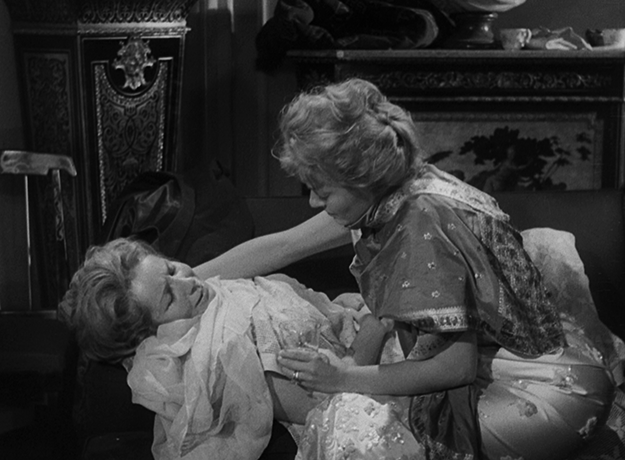
Fifty (well, 55) years later, The Exterminating Angel does not seem like a movie behind the times so much as a movie of no particular time. Its sealed-off hothouse atmosphere—it is, after all, an attack on a class of people who, in many ways, refuse to see the world around them—is not a particularly inviting or seductive one. And, even on Criterion’s gleaming DVD, the soundtrack is rough, a little clangorous; it’s not a film that invites anyone in. But it’s not dismissible either; the crude laughter and the the way Buñuel has of turning a suite of privacy and privilege into something approaching an abattoir exerts, in many ways, more of a pull today than it did originally—including on some major artists. The British composer Thomas Adès has written an opera based on the film that will debut at the Met in October, and for the last few years, Stephen Sondheim and David Ives have been working on Buñuel, a musical that would pair The Exterminating Angel with the director’s 1972 Oscar winner The Discreet Charm of the Bourgeoisie. Today, the movie plays as a death’s-head grin, a master director’s bleak, caustic vision of rich people presiding over the end of civilization. It can’t be good news that its time may finally have come.
How to see it: The Exterminating Angel is available on DVD and Blu-ray from Criterion and streams on Amazon and iTunes.
Mark Harris is the author of Pictures at a Revolution: Five Movies and the Birth of the New Hollywood (2008) and Five Came Back (2014).



